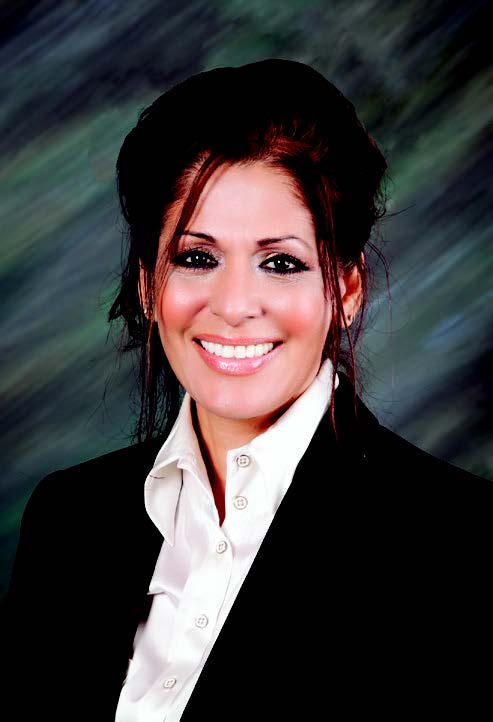Years working in irrigation: 42
Years as manager: 20
Number of employees: CCID #2: 45; CCID #3: 48
Size of service area in acres: 58,000
Amount of water diverted for irrigation per year in acre-feet: 100,000
Main crops irrigated: Sugar cane, corn, cotton, grain, orchards
Predominant irrigation methods: Flood
 Irrigation Leader: What is the top issue facing your irrigation district today?
Irrigation Leader: What is the top issue facing your irrigation district today?
Sonia Lambert: Our aging infrastructure. Cameron County Irrigation District #2 was created in 1916. Rehabilitating our infrastructure has been an ongoing process. Most of our main canals remain open earthen canals. We’re in the process of piping the lateral canals that are small enough to be piped and attempting to line the main canals with a geocomposite liner and 3 inches of concrete. We also have wooden gates that are being replaced with Rubicon automated gates powered with solar panels. Although this district has done a substantial amount of rehabilitation to its infrastructure, acquiring funding to completely upgrade the system remains the top issue.
Irrigation Leader: What future issues are you preparing for?
Sonia Lambert: As property gets urbanized, water rights are being converted from irrigation to municipal. We want to make the best use of what we have left to continue to provide water for crops, so upgrading our system to conserve our resource is of the utmost importance.
Irrigation Leader: What are your top issues regarding personnel?
Sonia Lambert: I can’t say that I have any serious issues with personnel. I’ve been blessed with good staff at both Cameron County Irrigation District #2 and Cameron County Drainage District #3. Most, if not all, employees end up adapting well to our environment—and sometimes we are the ones to change in order to improve our systems, customer service, or technology!
Irrigation Leader: What training do you currently provide your employees?
Sonia Lambert: It is mainly on-the-job training for the maintenance department where crew leaders instruct new staff. Office personnel normally need experience in the field they are applying for, but they also are provided with on-the-job training. In addition, they attend seminars provided by the Texas Water Conservation Association Risk Management Fund in different areas of interest, which has proven to be valuable to both staff and the districts.
Irrigation Leader: How much do you spend on training for your employees each year?
Sonia Lambert: On average, we give them about 3 months’ training, so I would say one quarter of new hires’ annual salary is spent on training.
Irrigation Leader: What is the most important thing you have learned as manager?
Sonia Lambert: Learning how to delegate was difficult. When I first became manager, I tried to do everything myself because I was of the mentality that if you wanted it done correctly, you might as well do it yourself. Learning how to delegate and trust my employees has truly made for an easier job. Being open to new ideas has also been very beneficial.
Irrigation Leader: What are the top skills needed to be a successful manager?
Sonia Lambert: I always believed that you’re either a born leader or not, and that born leaders made the best managers. Although some of that may still hold true, acquiring the skills of delegation, communication, and problem solving is essential.
Sonia Lambert is general manager of Cameron County Irrigation District #2 and Cameron County Drainage District #3 in San Benito, Texas. She can be contacted at ccid2@swbell.net.
